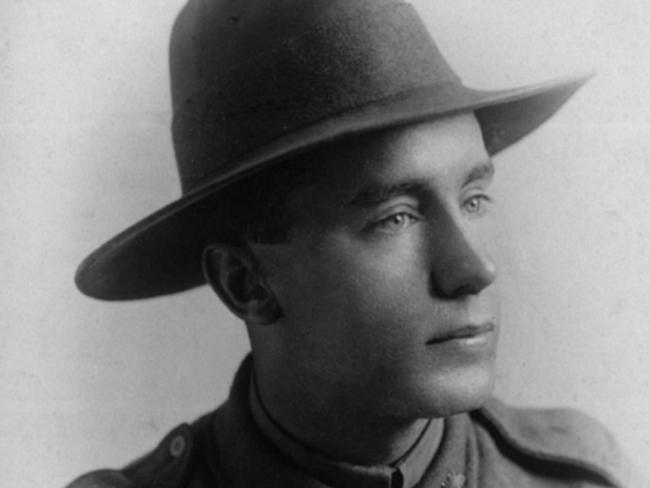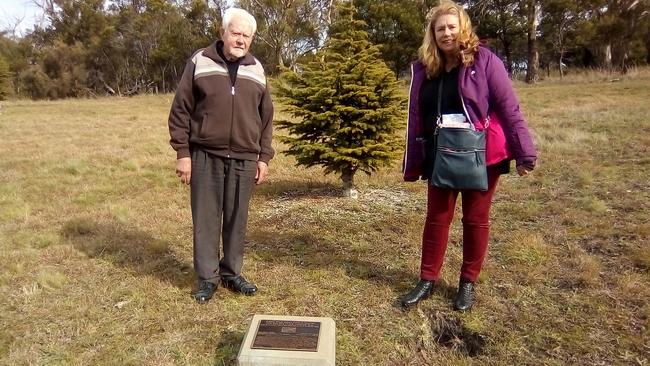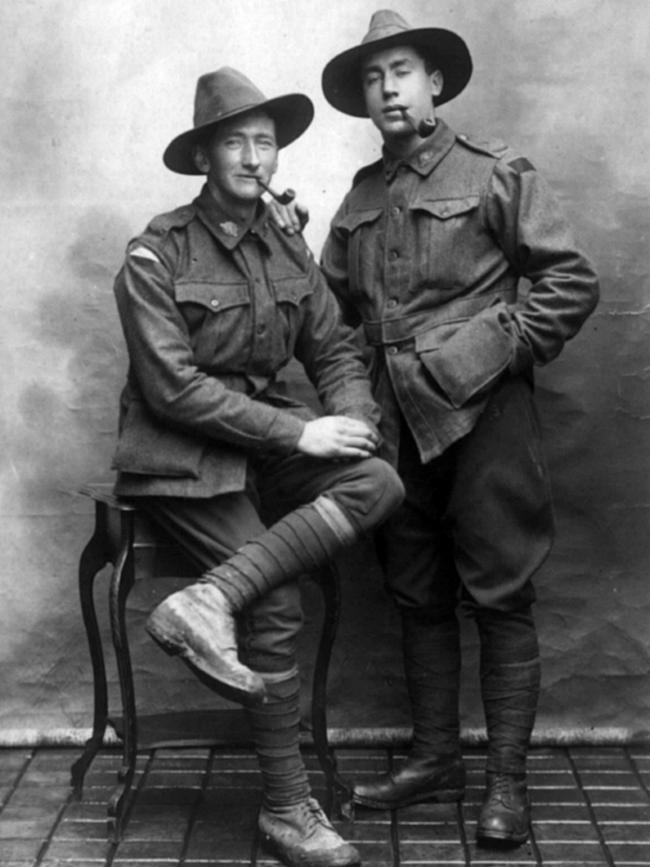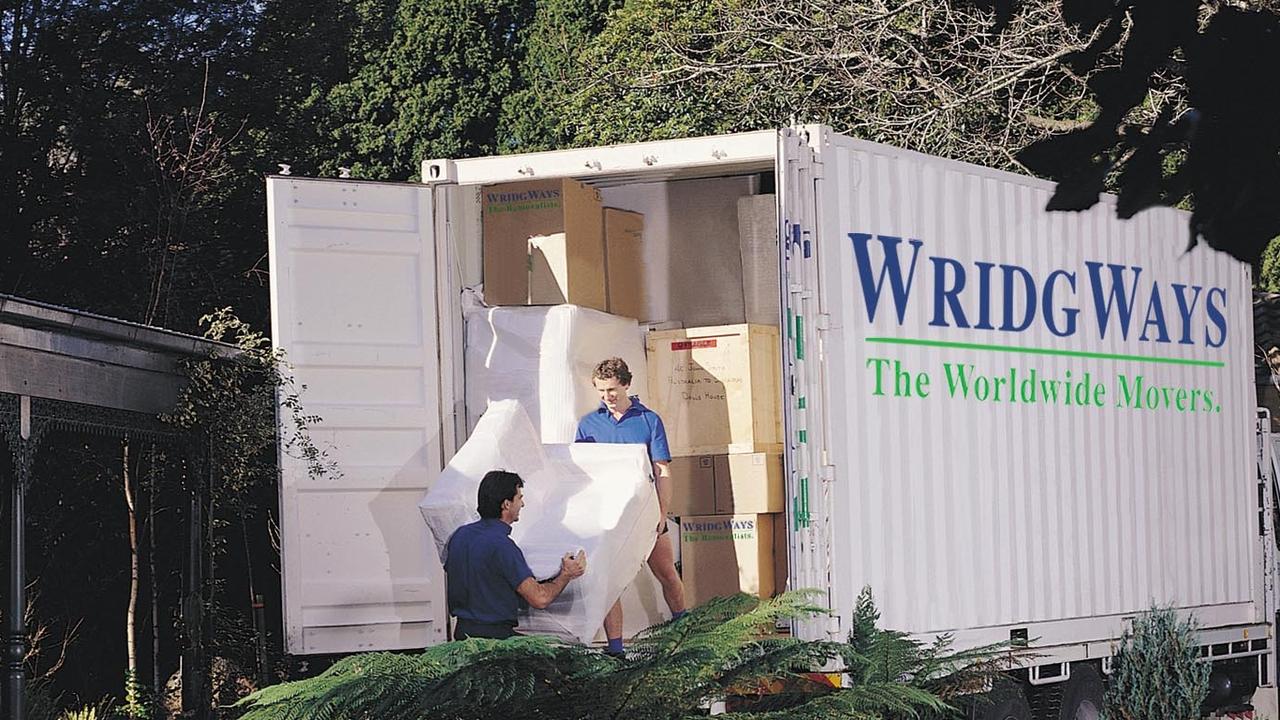100 Days of Heroes: Mercury man went from front page to front line
BERT Scurrah was a printer at the Mercury, where he had been working for about nine years when he decided to enter World War I as a medic.

News
Don't miss out on the headlines from News. Followed categories will be added to My News.
BERT Scurrah was a letterpress machinist — a printer — at the Mercury, where he had been working for about nine years when he decided to enter World War I as a medic.
Born in Hobart on May 24, 1893, he had been an apprentice with the company but had also served three years with the Army Medical Corps in Hobart.
He was clearly held in high regard by his employer and workmates, who presented him with farewell gifts including an engraved wristwatch, a leather pocketbook, and a Vest Pocket Kodak.
MORE 100 DAYS OF HEROES:
LOVE STORY WAS INTERRUPTED BY WAR
FOOTBALLER MADE THE ULTIMATE SACRIFICE

The very latest thing in photography, the 1915-model Vest Pocket would become known as the
“soldier’s camera”.
When Bert joined the army on July 22, 1915, he named his mother, Clara, as his next-of-kin. She was living in the city at 15 Campbell St at the time.
Bert was posted to Gallipoli with the 12th Field Ambulance, 1st Australian Clearing Hospital.
He was in Eygpt after the evacuation from Gallipoli and was in France in mid-1916.
Late in 1918 he was transferred to the 12th Army Australian Field Artillery, initially serving as a gunner and then as acting bombardier.
He took part in now-famous battles at Bullecourt, Messines and Polygon Wood and had relieved units at Ypres.
While serving in the field in France on March 23, 1918, he was knocked unconscious by a high velocity shell and died of head wounds the same day, aged just 24.
Three months later, Bert’s mother received a letter from Lieutenant H.A. Willison, written the day after Bert’s death. He wrote that Bert set an example for everyone to follow, in and out of action.

He had been buried with full military honours and his comrades had erected a cross. He said Bert had been selected for officer training and had been acting as a medic when he died. “Shell fire, no matter how heavy, was never too great to prevent him from attending to our wounded,” the lieutenant wrote.
In October 1918, his grieving mother wrote to the army seeking information about Bert’s personal effects, noting that his camera had been a gift when he enlisted and she would
very much like to have it.
Bert’s army record notes that his service medals were awarded to his widowed mother, but
there is no mention of the camera presented by his mates at the Mercury.
Acting Bombardier Albert Scurrah is buried at Dranoutre Military Cemetery in Belgium. He is remembered at tree 365 on the Soldiers’ Memorial Avenue in Hobart and on honour boards at the Hobart Town Hall and St David’s Cathedral.
MORE 100 DAYS OF HEROES:
SORELL SOLDIER GEORGE HUNT BURIED AT SEA


